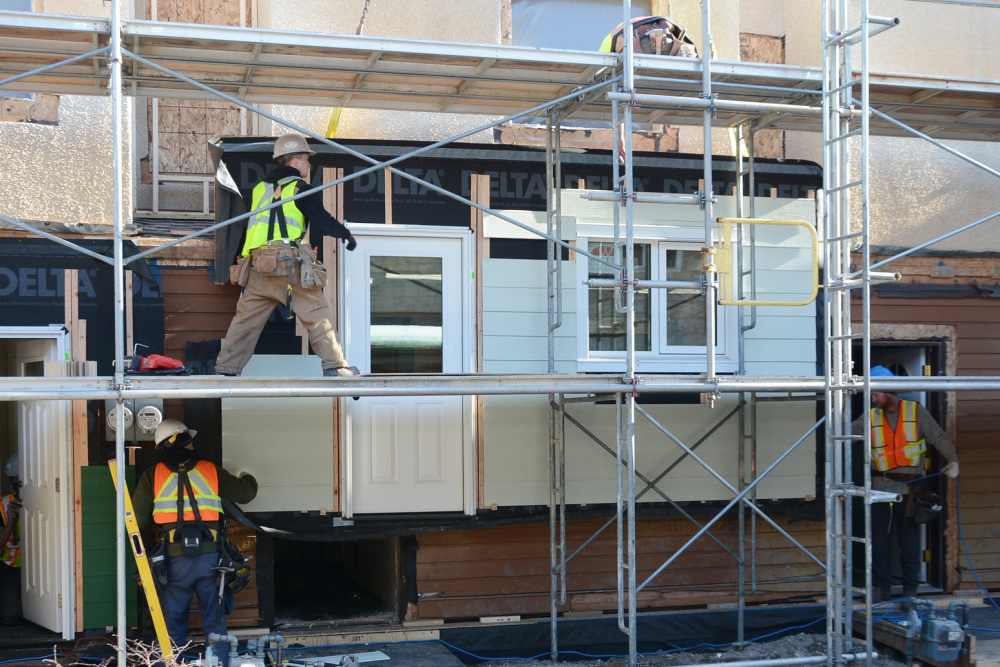VANCOUVER, B.C. — Tom-Pierre Frappé-Sénéclauze, program director for Buildings at the Pembina Institute, made the following statement in response to B.C. releases greenhouse gas numbers for 2020:
“The Government of British Columbia’s release of the 2020 greenhouse gas numbers this week is another reminder of how much work is ahead for the province and Canada. While these numbers indicate that we haven’t managed to significantly bend the curve on emissions yet, it’s also important to remember that the groundwork for this is still being laid.
“Most of the important policy announcements in the CleanBC 2030 Roadmap are under design. Whether they will be sufficient for us to meet our 2025 targets will depend on the fine print.
“B.C. was the first jurisdiction in Canada to set emissions targets for all sectors including oil and gas production, ambitious methane targets, and for the consumption of natural gas in B.C. It needs to continue that leadership, building on existing methane rules and its carbon pricing system by quickly designing policies that will enable these sectors to meet these targets.
“B.C.’s Greenhouse Gas Regulations Standard, which will set a cap on gas utilities, is also being drafted — but it needs to be completed soon to ensure new infrastructure investments made by the gas and electric utilities are compatible with these objectives, as well as with Canada's broader commitment to reaching a net-zero electricity grid by 2035.
“As for the buildings and transportation sectors — the other two main sources of emissions in B.C. — most regulations will not kick in until 2030. Incentive programs to build these markets ahead of the implementation of regulations have been launched and are slowly building momentum.
“Interim targets and capacity building investments are still needed to build up supply and affordability for low-carbon transportation, and to scale up a labour force able to renovate five per cent of our building stock each year for the next 20 years.
“The Canada Green Building Strategy, currently being developed, will need to quickly bring provinces on board to regulate buildings emissions and build the retrofit economy.
"B.C. can point the way for other provinces on buildings, transportation and on oil and gas, by putting pen to paper and writing up the regulations announced in the 2030 Roadmap.
“For each one of these policy areas, all governments need to be working together to lay the groundwork to make these regulations effective through funding, incentives and training.”
[30]
Contact
Karen Garth
Senior communications lead
403-890-5778
Background
Report: Canada’s Renovation Wave
Report: Actions Needed to Electrify British Columbia’s Buildings




